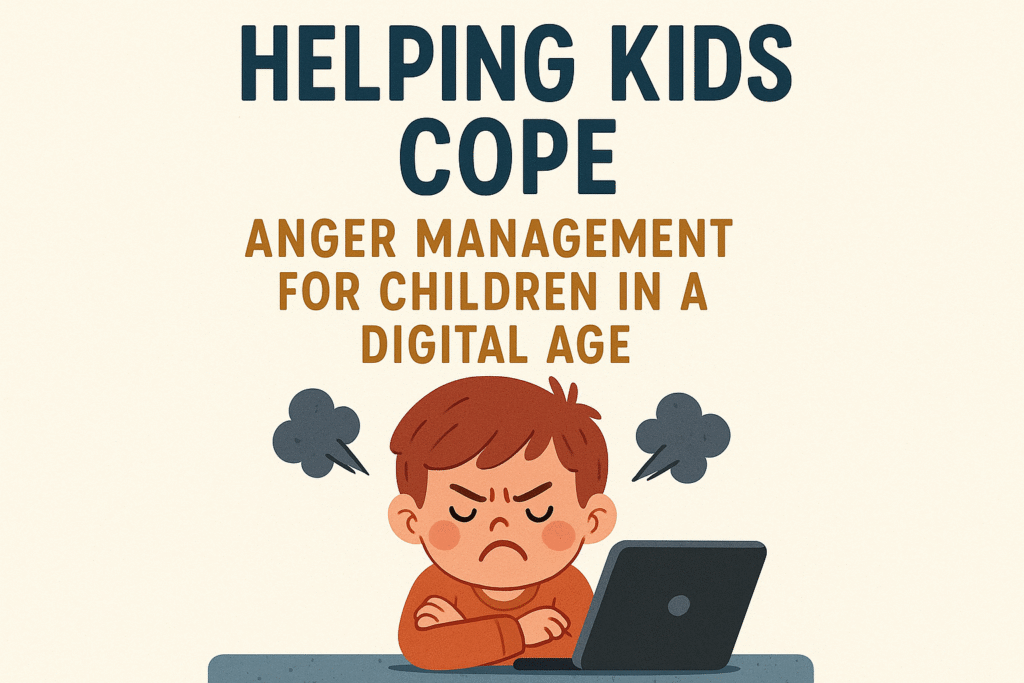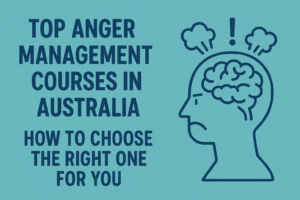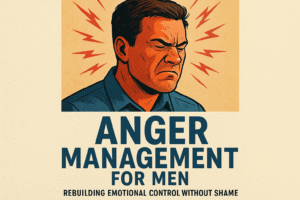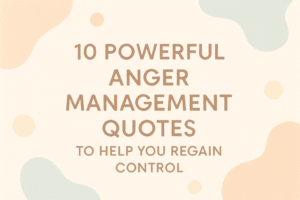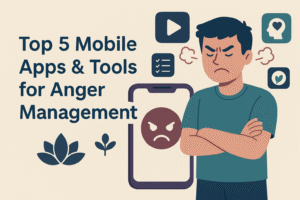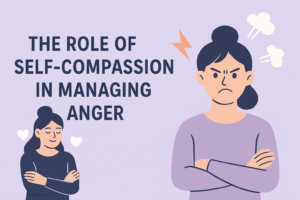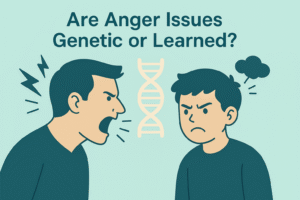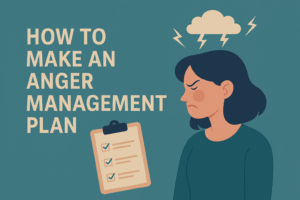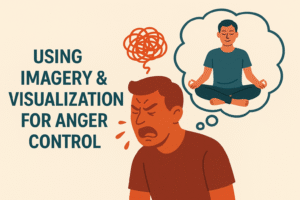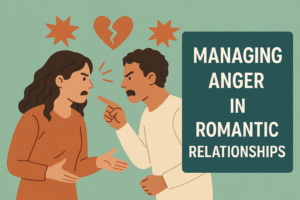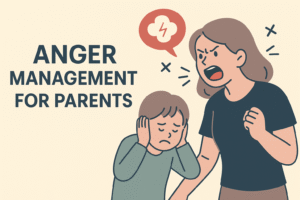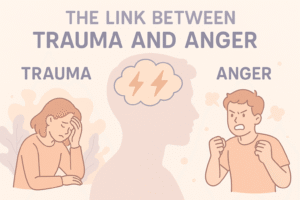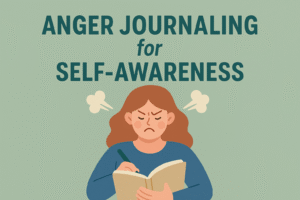Children today are growing up in a world of constant stimulation. From social media notifications to non-stop YouTube content, the digital environment they live in is very different from what previous generations experienced. While technology offers many benefits, it also comes with challenges—especially for emotional development. One area of concern that’s increasingly surfacing is anger management for children.
Parents and caregivers are asking more often: How do I help my child manage their emotions in such a fast-paced, overstimulating world? This article explores effective strategies for anger management for kids, particularly within the context of our digital age, and how to handle an angry, aggressive child with empathy and proven techniques.
Understanding Anger in Kids
Anger is a normal and even healthy emotion—if expressed appropriately. For children, however, expressing anger can be more difficult. They are still learning to identify emotions, understand cause and effect, and manage their responses. Tantrums, defiance, shouting, and even physical aggression are often signs that a child doesn’t yet have the coping skills they need.
Children don’t always have the language or emotional regulation to say, “I’m overwhelmed” or “I feel disrespected.” Instead, they act out. According to child psychologists, unmanaged anger can be a sign of stress, unmet needs, sensory overload, or emotional distress.
Common Triggers in the Digital Age
Children today face unique triggers compared to earlier generations. Some digital-age contributors to emotional dysregulation include:
- Screen overuse: Prolonged time on devices can impact sleep, attention span, and emotional balance.
- Cyberbullying: Emotional harm inflicted online can be harder to detect and just as damaging.
- Social comparison: Platforms like TikTok and Instagram expose children to unrealistic standards.
- Reduced physical activity: Less time outdoors and more time on screens can increase irritability.
These factors, combined with traditional developmental challenges, highlight why anger management for children is more crucial than ever.
How to Handle an Angry, Aggressive Child
1. Stay Calm and Model Behavior
The way adults respond to a child’s anger teaches them how to manage their own. If a parent or teacher reacts with shouting or frustration, the child learns that this is an acceptable response. Instead, model calm, controlled behavior—even when it’s hard.
“Children may not always listen to what you say, but they always watch what you do.”
2. Create a Safe Emotional Space
Children need to feel safe to express their emotions. Label the emotion for them: “You seem really angry right now. Do you want to talk about what happened?” This not only validates their feelings but also teaches emotional literacy.
3. Implement Clear Boundaries and Consistent Rules
According to the American Psychological Association, children respond better when they know what’s expected. Clearly set boundaries around behavior and screen time. When rules are consistent, children feel more secure and are less likely to act out.
4. Offer Coping Skills for Kids with Anger
Not all children instinctively know how to calm themselves. Teach techniques such as:
- Deep breathing: Breathe in for four counts, hold for four, out for four.
- Calm-down jars: A glitter jar they can shake and watch settle.
- Anger thermometers: Visual tools to track emotional intensity.
- Physical outlets: Jumping jacks, squeezing a stress ball, dancing to music.
The Kids Mental Health Foundation highlights the importance of “giving kids something to do with their anger”—constructive, safe outlets that allow energy to be released.
Encouraging Digital Balance
Digital devices aren’t the enemy—but excessive, unsupervised, or emotionally unproductive screen time can fuel emotional outbursts. Here’s how to create healthier digital habits:
- Limit screen time to age-appropriate durations recommended by child development experts.
- Encourage screen-free family time, especially before bed.
- Talk about what they’re watching or playing. Ask questions, show interest, and monitor for age-appropriate content.
- Use tech for emotional learning: Guided meditations, emotional vocabulary apps, or online therapy sessions designed for children.
Supporting Emotional Growth
1. Normalize Feelings
Let your child know that anger isn’t bad—what matters is how we handle it. Saying “It’s okay to be angry, but it’s not okay to hit or scream,” helps children learn boundaries without shame.
2. Use Books and Stories
Storytelling is a powerful tool for emotional learning. Books about characters who experience anger and find positive solutions can help children relate and reflect.
3. Celebrate Small Wins
When a child uses a coping skill instead of lashing out, celebrate it! Positive reinforcement builds confidence and makes it more likely they’ll use that skill again.
When to Seek Help
Some children struggle with anger in ways that go beyond typical developmental issues. If your child:
- Frequently becomes physically aggressive
- Has difficulty calming down after emotional episodes
- Struggles with friendships or school due to their anger
- Shows signs of anxiety, depression, or trauma
… it may be time to consult with a professional.
Online therapy platforms like Your Online Psychologist offer access to child psychologists who specialize in behavioral and emotional regulation. These services are especially helpful for parents in remote areas or with tight schedules.
Why Early Intervention Matters
The longer anger issues go unaddressed, the more they can impact a child’s mental health and social development. According to the APA, chronic aggression in preschoolers, if not managed, can lead to difficulties in primary school and beyond—including poor academic performance, low self-esteem, and behavioral challenges.
But with early intervention, children can learn the tools they need to thrive—emotionally, socially, and academically.
Final Thoughts
Raising emotionally resilient children in the digital age requires patience, presence, and proactive strategies. Anger management for children isn’t about stopping anger; it’s about teaching healthy ways to express and cope with it. From modeling calm behavior to encouraging digital balance and providing coping skills for kids with anger, parents and caregivers play a critical role.
The digital world isn’t going away—but with the right tools, our children can learn to navigate it without letting their emotions take over.

